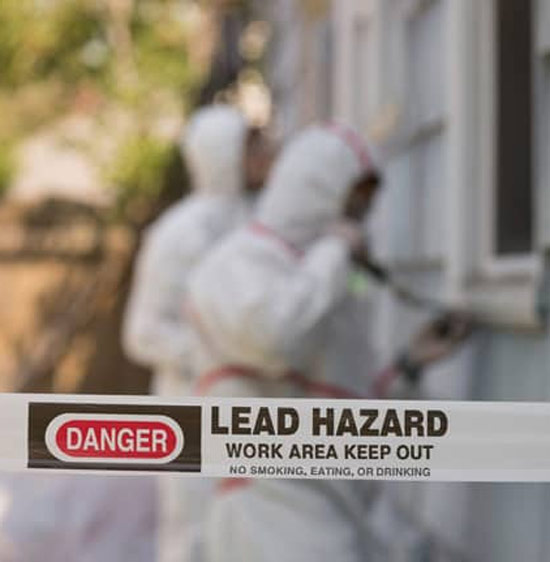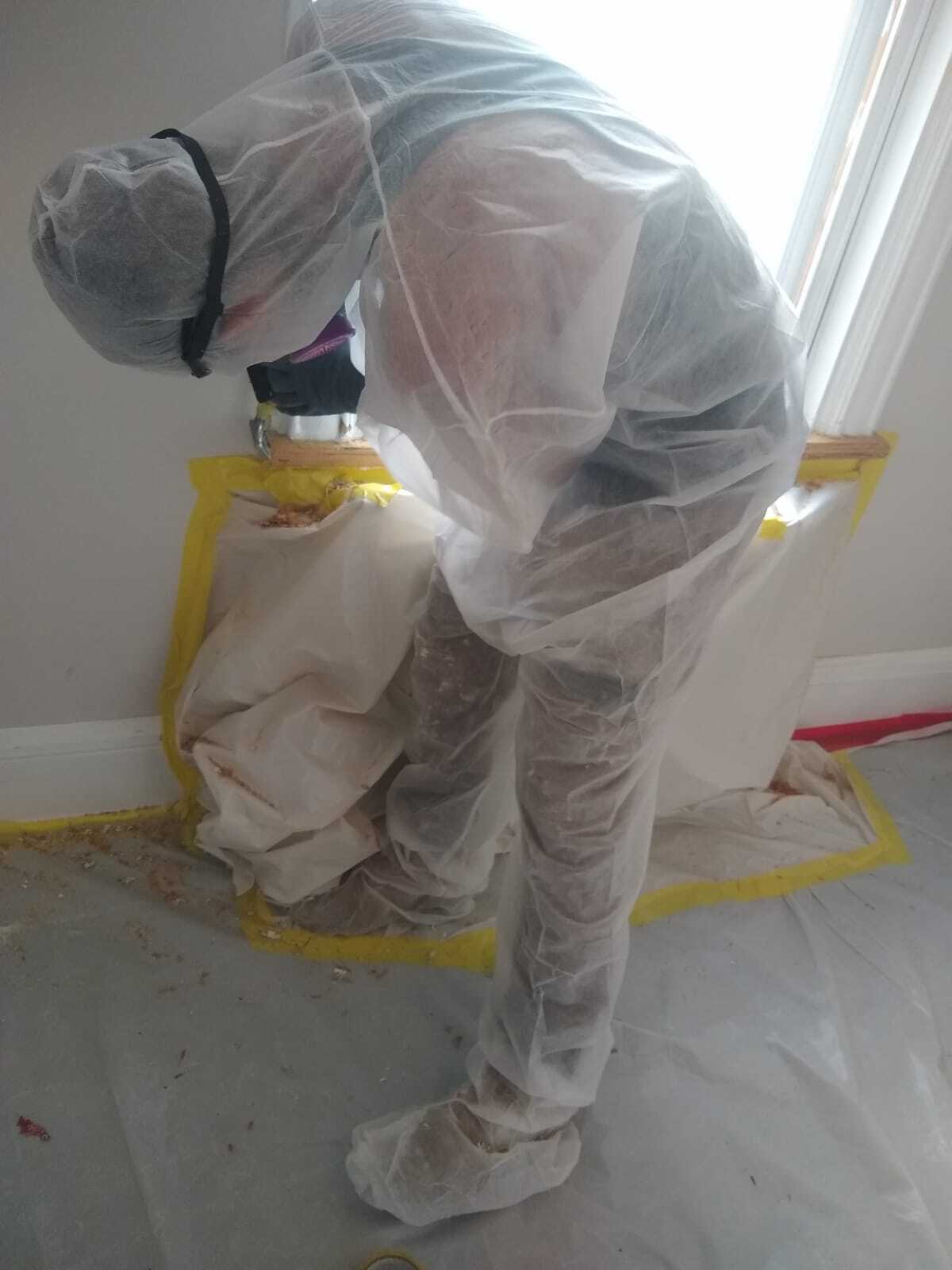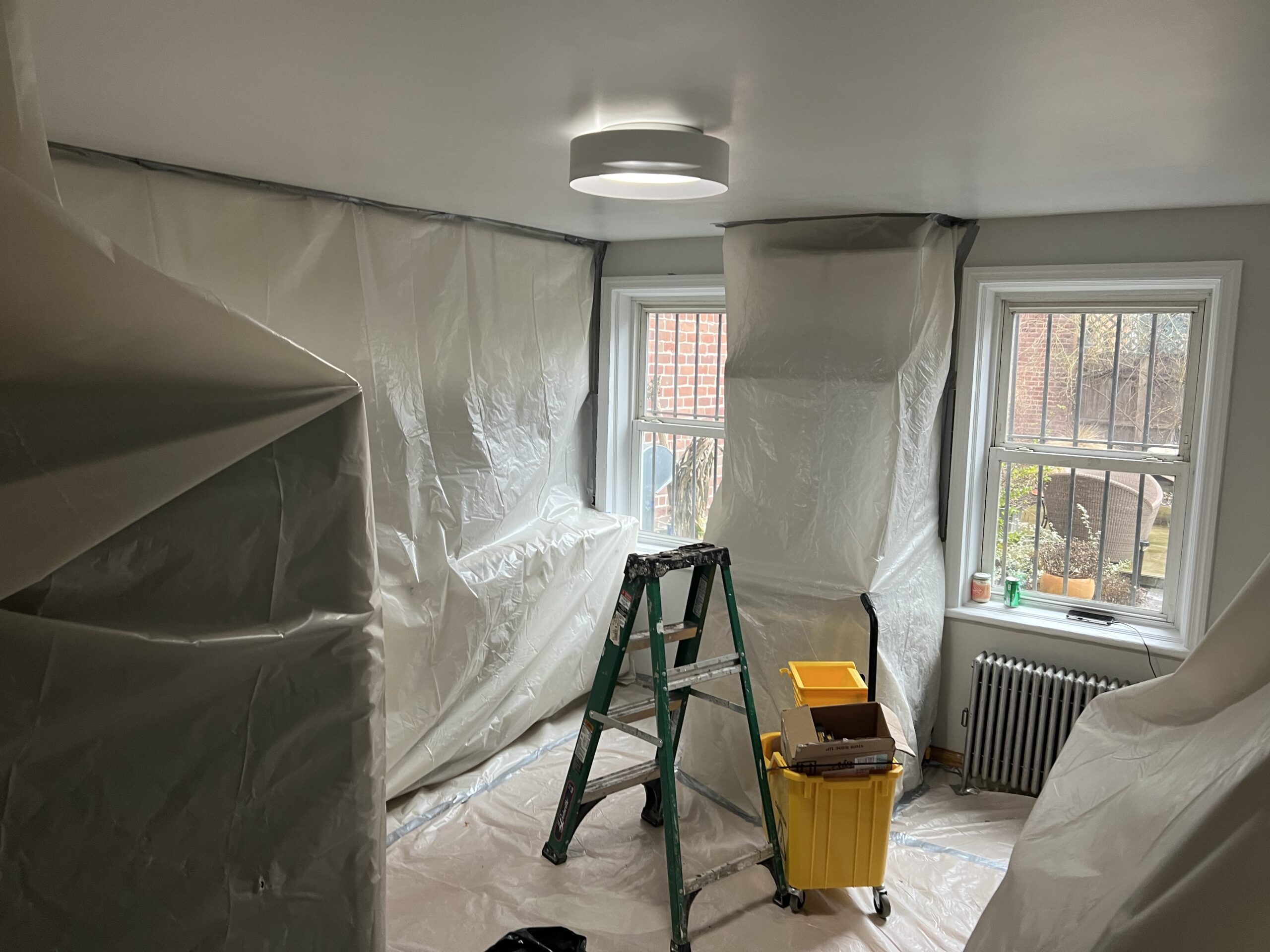Ideal Practices for Making Certain Safe and Detailed Lead Offense Reduction
Attending to lead violation reduction calls for a multi-faceted method to guarantee both security and compliance. Initial assessments making use of sophisticated detection approaches such as XRF analyzers established the stage for an exact understanding of contamination degrees. Integrating appropriate control methods, consisting of airtight barriers and HEPA filtering, paired with making use of individual protective tools (PPE) for workers, forms the foundation of a safe operation. Thorough cleaning methods, featuring HEPA vacuuming and wet-wiping, are important. Yet, it's the final clearance process, involving complete examinations and research laboratory screening, that really verifies a lead-free atmosphere, making certain long-term security. How do these techniques adjoin to assure detailed lead abatement?

Preliminary Assessment
Carrying out a first assessment is an essential initial step in lead infraction reduction. This phase incorporates a detailed examination of the residential property to recognize the visibility, level, and particular locations of lead-based hazards. Certified professionals, such as certified lead examiners or run the risk of assessors, should carry out an extensive website inspection, utilizing devices like X-ray fluorescence (XRF) analyzers to properly detect and measure lead focus in paint, dust, soil, and water.
The evaluation needs to likewise consist of an evaluation of the structure's background, previous records, and any issues or wellness issues reported by owners - Lead Removal Contractors. Recording the findings thoroughly is essential, as these documents create the basis for establishing a reliable reduction technique. A complete evaluation also involves tasting and lab analysis, which are critical to verify the existence of lead and guide succeeding actions
Furthermore, it is imperative to communicate the outcomes transparently to all stakeholders, including home proprietors, occupants, and regulative authorities. By ensuring that the preliminary assessment is carried out with accuracy and rigor, specialists can lay a solid structure for a targeted and efficient lead reduction process, inevitably securing public health and wellness and ensuring compliance with regulative criteria.
Proper Containment
Correct control is important to stop the spread of lead pollutants during reduction tasks. Properly managing containment decreases the danger of lead dust and debris moving to non-work locations, thus guarding both the environment and people outside the prompt job area. To achieve correct containment, an airtight obstacle of plastic bed linen need to be developed around the workplace, making certain all seams and sides are securely secured. Lead Removal Contractors. This obstacle must extend from floor to ceiling and be taped to protect against any leakages.

Regular assessments of the control area are necessary to check for violations or weaknesses in the barrier. Any type of recognized issues ought to be quickly dealt with to maintain the honesty of the control. By adhering to these techniques, abatement projects can effectively regulate lead contamination and mitigate involved health risks.
Employee Defense
Making sure worker protection is vital during lead abatement tasks to stop occupational exposure to dangerous lead fragments. Important steps include using individual protective devices (PPE) such as respirators, handwear covers, and full-body suits specifically developed to obstruct lead dirt and fumes. Workers must undergo thorough training on the appropriate usage and maintenance of PPE, including healthy screening for respirators to make certain maximum efficiency.
Design controls, such as regional exhaust air flow systems, are essential in reducing air-borne lead focus in the work environment. Management controls need to likewise be applied, consisting of restricting the period of direct exposure and rotating employees to decrease private exposure times. Normal medical monitoring and biological monitoring are crucial for early detection of lead absorption, enabling timely intervention and treatment.
Furthermore, establishing a purification method is crucial. Employees need to comply with strict decontamination treatments prior to breaks and at the end of their change to avoid lead dirt from being brought outside the work area. This consists of detailed hand and face cleaning with lead-specific cleaner and transforming out of infected clothes.
Precise Cleaning
Preserving a safe workplace prolongs beyond employee security and encompasses thorough clean-up to ensure lead fragments are completely gotten rid of from the website. The process of thorough clean-up is crucial in Learn More Here preventing the recontamination of the moderated location and safeguarding both existing and future residents.
To attain a detailed cleanup, all workspace need to be systematically sanitized. This involves making use of specialized HEPA (High-Efficiency Particulate Air) vacuum cleaners and wet-wiping strategies to catch and get rid of fine you could try this out lead dirt that might have picked surface areas. It is critical to cleanse all straight surfaces, consisting of floorings, window sills, and kitchen counters, as well as upright surface areas that may have entraped lead particles.
Employees have to use appropriate personal safety equipment (PPE) during clean-up to stay clear of exposure to residual lead dirt. Made use of cleaning materials such as wipes, sponges, and mop heads need to be disposed of in accordance with unsafe waste disposal regulations.

Final Clearance
Final clearance is the important ending phase of lead abatement that figures out whether the website is secure for reoccupation. This crucial step includes thorough inspection and testing to confirm that all lead dangers have actually been properly removed. The procedure starts with a visual inspection by a licensed lead-based paint examiner or danger assessor to make sure no noticeable dirt or particles continues to be. This is adhered to by accumulating dirt clean examples from various surfaces, including floorings, windowsills, and other horizontal surfaces. Lead Removal Contractors.

Final clearance screening not only shields future owners but likewise makes certain compliance with local, state, and federal guidelines. It serves as a documented validation of the reduction professional's adherence to industry finest practices. Making sure a detailed and effective last clearance is essential in protecting public wellness and cultivating rely on the abatement process.
Verdict
Ensuring risk-free and comprehensive lead infraction reduction necessitates a multifaceted technique encompassing initial analyses with innovative detection approaches, reliable containment methods, rigid worker protection procedures, and careful cleaning procedures. The final clearance phase, including in-depth evaluations and research laboratory screening, is essential to validate compliance with EPA standards. Adherence to these best techniques assures a safe environment for owners, mitigates health and wellness dangers, and promotes governing needs, therefore promoting public wellness and safety in lead-affected locations.